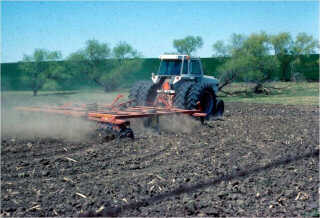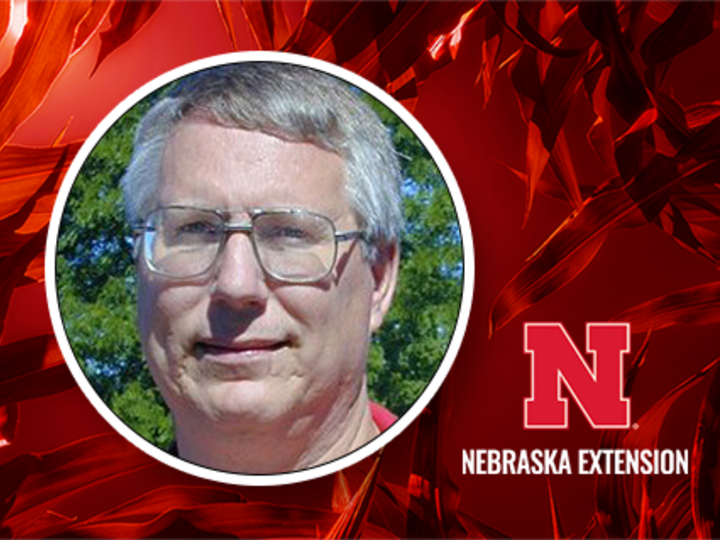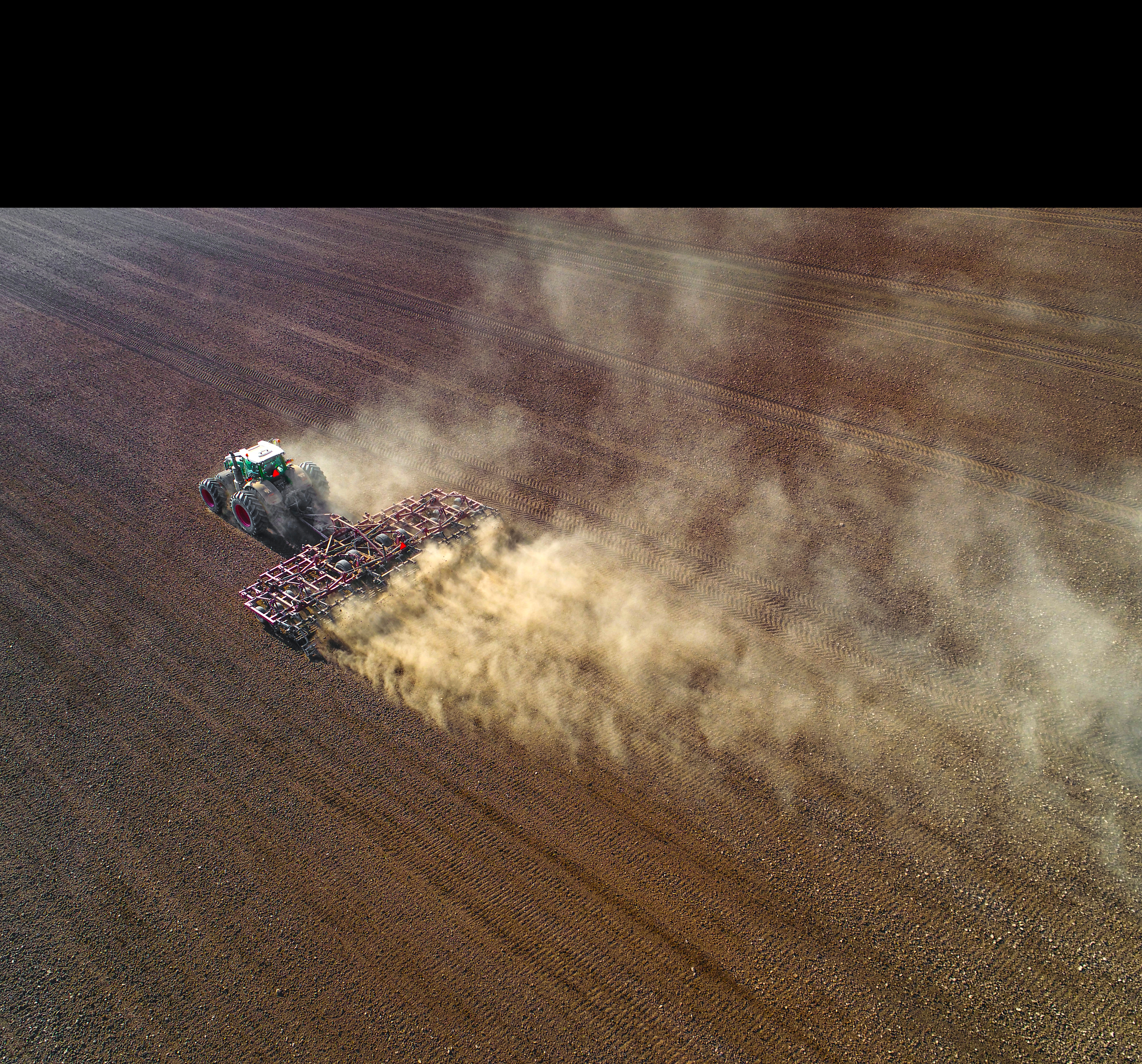
The tandem disk harrow is the most commonly used tillage implement in the Corn Belt. Typically, the disk harrow is followed by a field cultivator for final seedbed preparation.
About 40 to 70% of the residue generally remains on the surface after a single disking of corn, grain sorghum or wheat residue. Generally, disking corn or grain sorghum residue more than twice buries too much residue for effective erosion control. One disking is adequate if using a field cultivator for final seedbed preparation. However, in fragile residue, even a single pass with any commonly used tillage implement does not leave enough residue for substantial erosion control.
Fall disking saves time in the spring but the erosion potential from wind and rain increases, while snow entrapment decreases. A spring disk system minimizes erosion during the winter and is well suited to adequately drained and lighter textured soils.
A disk incorporates herbicides and other surface applied products. A common problem is disking when soils are too wet. Disking wet soils results in non-uniform incorporation, creates clods that require additional tillage operations, and leaves a compacted soil layer below the depth of disking that can restrict root growth and reduce yields, especially in dry years.
A field cultivator accomplishes secondary tillage immediately preceding planting. The amount of residue covered by a field cultivator depends on the amount of time and weathering since the primary tillage operation. If field cultivation occurs two to three days after primary tillage, the field cultivator may not reduce the residue any further. In some circumstances, particularly with corn residue, field cultivation soon after primary tillage redistributes residue and may slightly improve percent coverage. On the other hand, if time between primary tillage and field cultivation allows for some decomposition, a field cultivator significantly reduces residue cover.
One pass of a field cultivator or combination tillage implement is an alternative to a disk. The most common one-pass tillage system is used in soybean residue. While a one-pass system is successful in terms of yield and reduced costs compared to more intensive tillage, there is not enough soybean residue to effectively reduce soil losses on fields prone to erosion.

